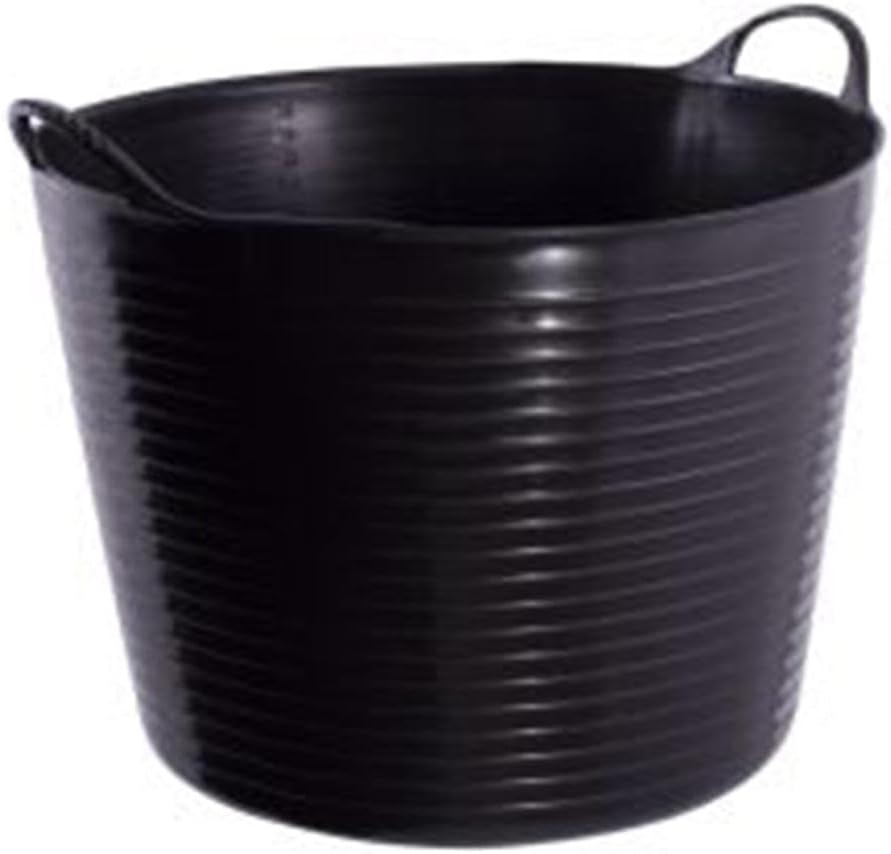
One of the most valuable things open-pollinated and heirloom vegetables offer gardeners (and the world) is the ability to produce “pure” seed. In other words, the seeds collected from open-pollinated plants, once planted, will produce replicas of the parent plant.
While it’s true that the genetic codes are very slightly altered, we can still rely on a reasonable reproduction of the plant. This is desirable because we know how the plant will perform in our gardens and how the fruit harvested from that variety will look and taste. But this process only works if the vegetable variety is pollinated by a plant of the same variety.
Potential Cross-Pollination
In our home gardens, we often house several varieties of the same species such as Lady Godiva, Winter Luxury Pie, and Small Sugar. All three of these vegetables are different varieties but are members of the same family — pumpkins. If you purchase pure seed from all three of these varieties and plant them, you’ll have all three types of pumpkins when they fruit. They’ll all be true representations of what each type should be. In other words, the fact that a pure plant was cross-pollinated in order to bear fruit doesn’t alter the variety of the fruit that’s produced on that plant.
It’s the seed inside of these first-born fruits that tell the tale of whether their seeds will also produce the same variety as their parent plants. If all three of these pumpkins grow in the same garden bed, there’s a chance of them cross-pollinating. It’s not a guarantee, but you couldn’t collect the seed from the resulting fruit and in good faith hand them to someone and name the variety with any certainty. If these plants did, indeed, cross-pollinate, the seeds would now be hybrids.
How do you prevent plants from cross-pollinating? Well, there are a few different ways it’s typically done. One is keeping varieties at a distance (this distance will depend upon the plant family), and physical barriers or mechanical isolation such as caging or bagging.
Bagging as Mechanical Isolation
Plants that are insect-pollinated such as broccoli, cucumbers, watermelon, and pumpkins can be protected from cross-pollination by using the bagging technique. Although many gardeners consider tomatoes and peppers “self-pollinating” plants (and for the most part, it’s true) they can and will cross-pollinate, as well.
So, bagging is exactly what it sounds like; the female flower is covered with a bag so that pollinators such as insects can’t get to her and do the pollination dance. In the case of tomatoes and peppers, the flowers are “complete”, so you’d cover any flower. If you’re working with a plant such as the pumpkins we talked about above, you’d hand-pollinate the female flower using either a paintbrush the flower-to-flower technique.
After the romance is over, the flower should be covered with a paper or light material bag like muslin or a commercial product called Reemay. Don’t use plastic bags for bagging flower heads because this can cause the flower to fry in the sun or get slimy. The flowers would then be completely unsuitable for seed production.
For veggies that self-pollinate, cover the blossoms with a bag as soon as they appear. The bag should be secured to the stem without hurting the plant. Try using a cotton ball under the edge of the bag and then tie it off with thick thread or a twist-tie. You do want the tie to be secure, but be gentile.
A cotton ball placed in this position will also serve to keep determined bugs from reaching the flower. When you see fruits forming, you can take the bag off with no further worries. Remember to tie an identifying string or ribbon onto the stem after the flower has set fruit before you remove the bag! This way there’ll be no question about which flower you pollinated.
Using physical barrier techniques such as bagging doesn’t take much time to perfect and you’ll have pure pollinated seed to save for your home seed bank and next year’s garden.
Fine Gardening Recommended Products

The New Organic Grower, 3rd Edition: A Master's Manual of Tools and Techniques for the Home and Market Gardener, 30th Anniversary Edition
Fine Gardening receives a commission for items purchased through links on this site, including Amazon Associates and other affiliate advertising programs.

Tubtrugs SP42GBK Flexible Black Gorilla Large 38 Liter/10 Gallon Capacity
Fine Gardening receives a commission for items purchased through links on this site, including Amazon Associates and other affiliate advertising programs.

A.M. Leonard Deluxe Soil Knife & Leather Sheath Combo
Fine Gardening receives a commission for items purchased through links on this site, including Amazon Associates and other affiliate advertising programs.




















Comments
Log in or create an account to post a comment.
Sign up Log in